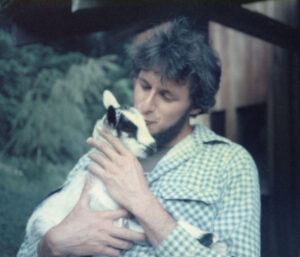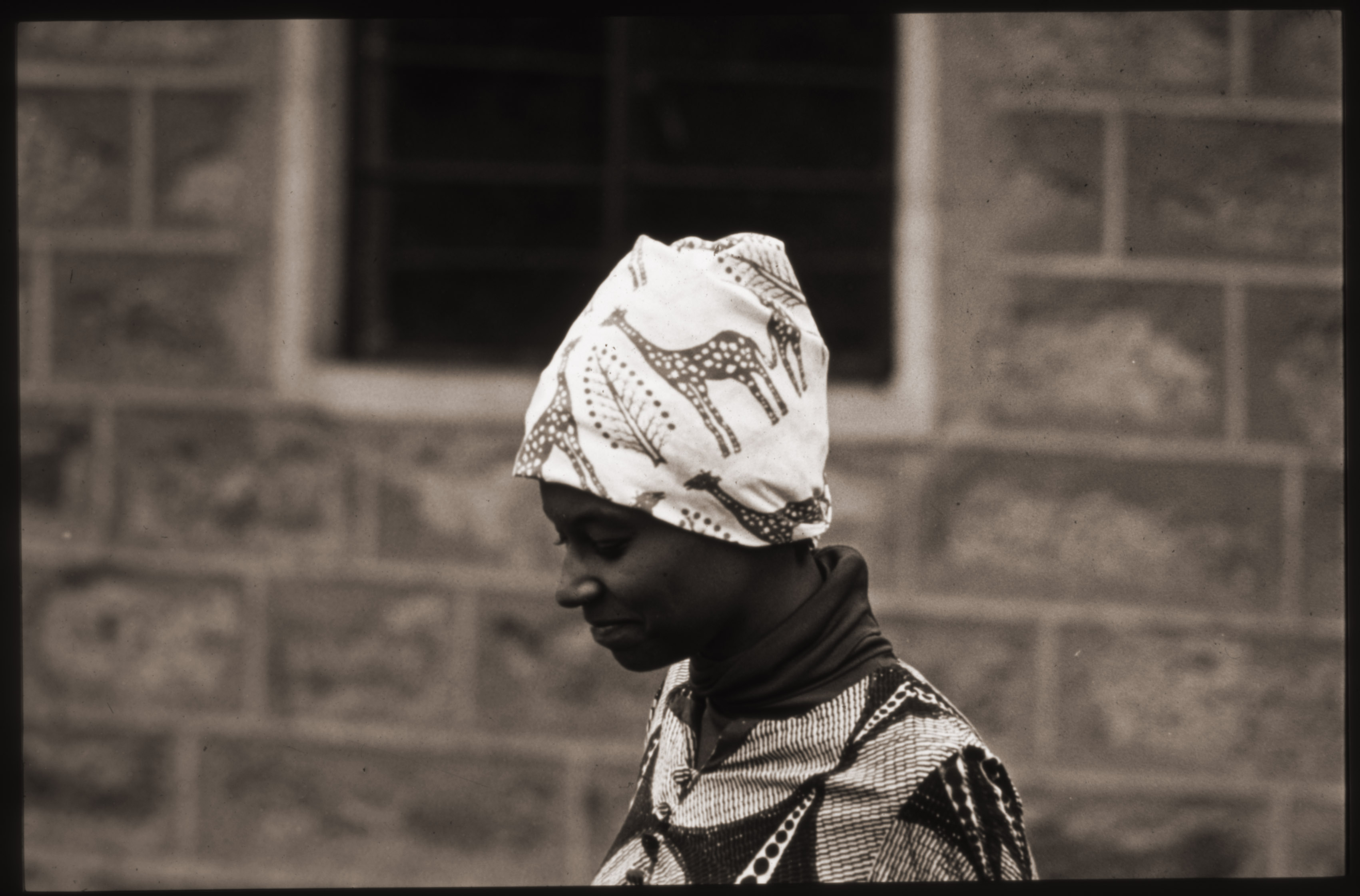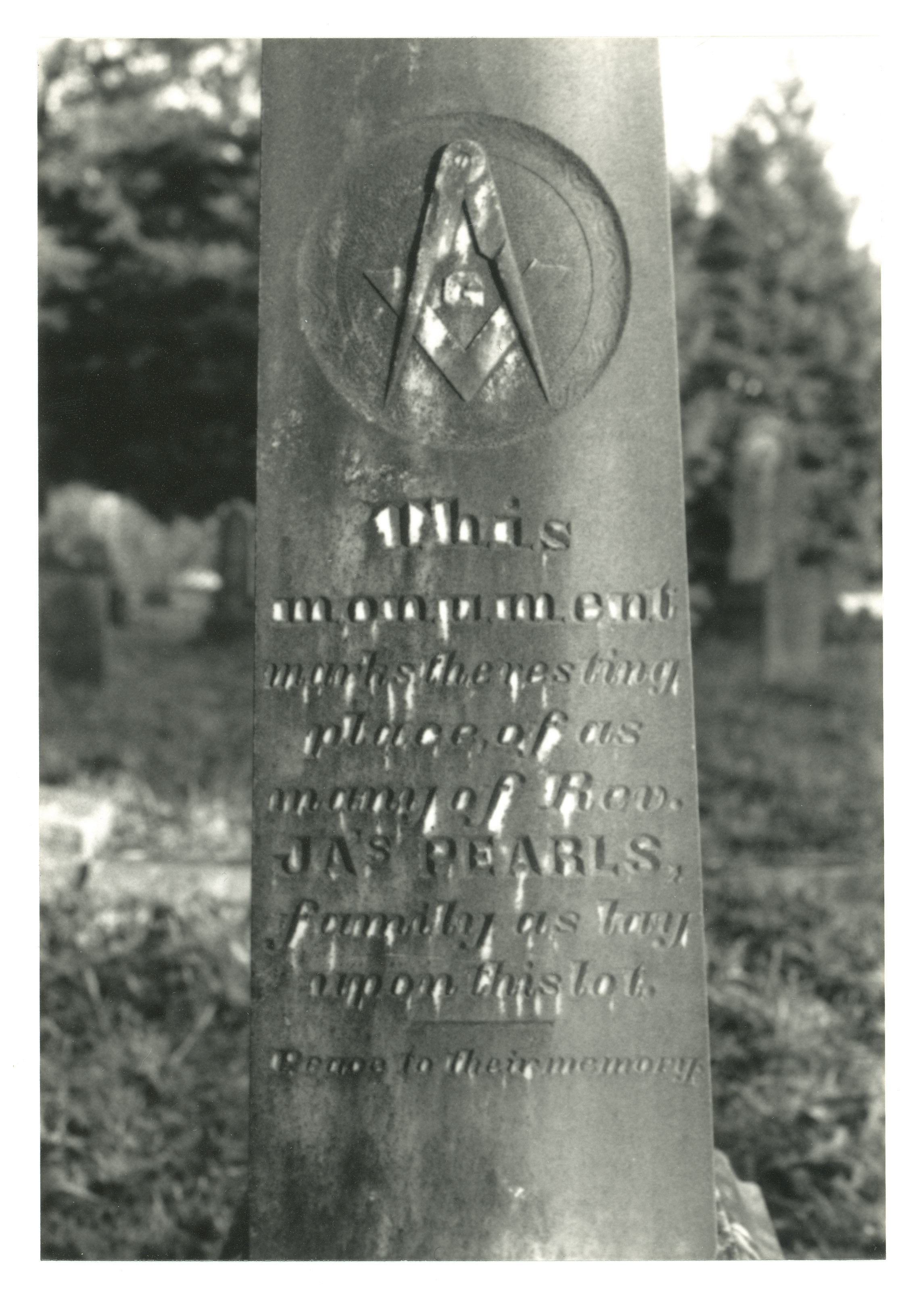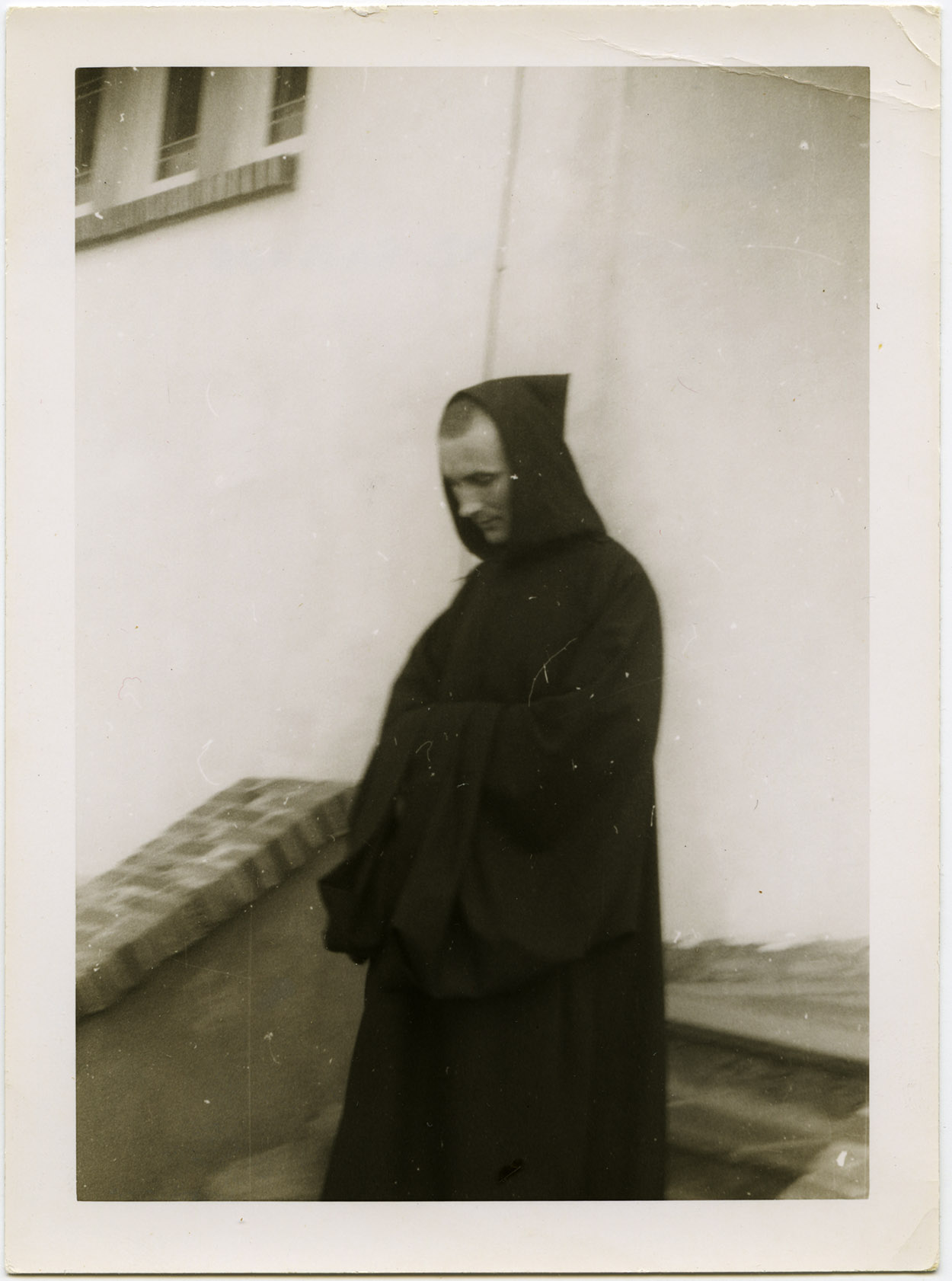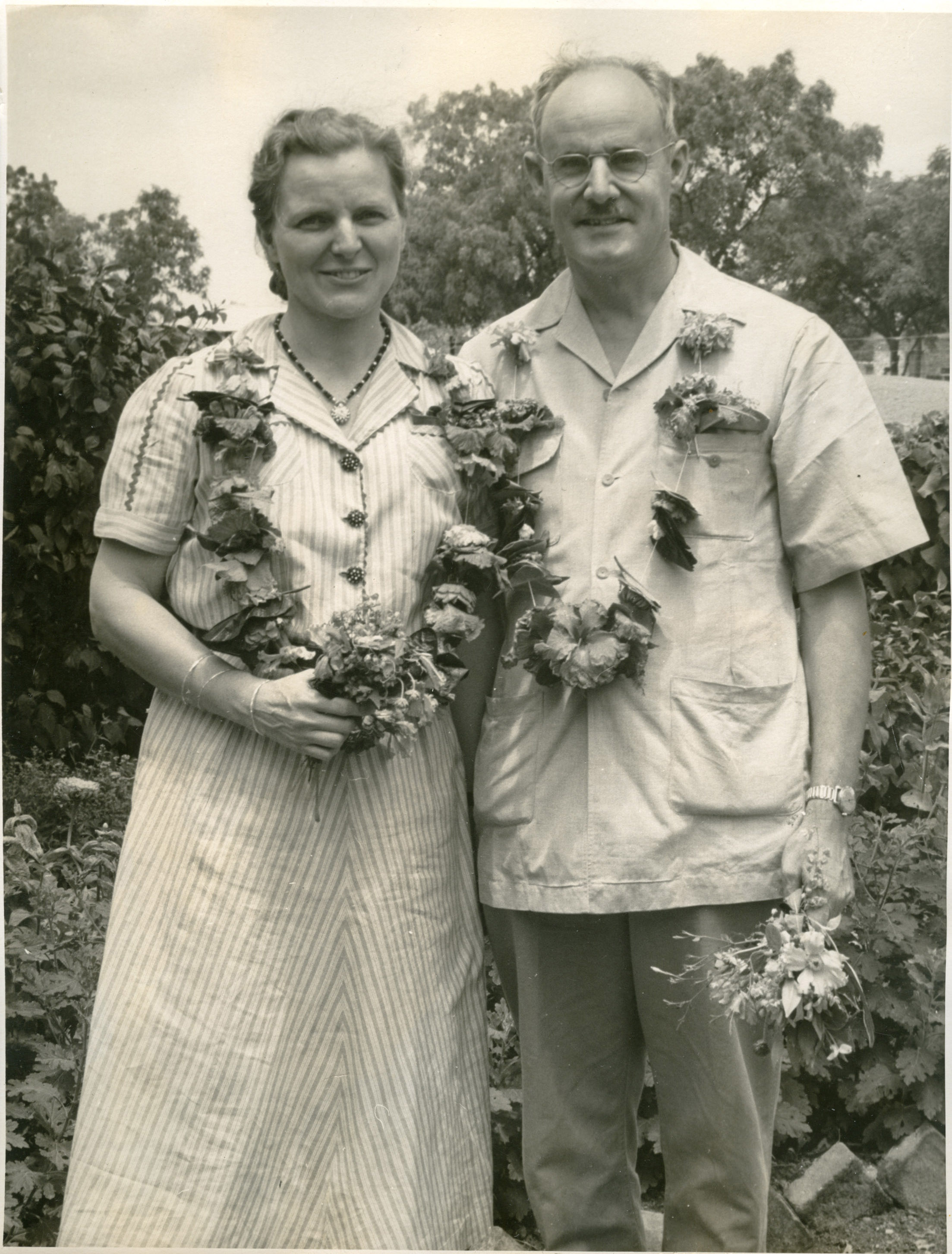George R. Coffin Journal
The son of a master mariner from Newburyport, Massachusetts, George Richards Coffin was born in Castine, Maine, on Feb. 12, 1832. Sent to Boston at the age of 19 to get his start in business as a clerk, Coffin became a wharfinger in 1854, just a year before he married Hannah Balch, the eldest daughter of a prominent Newburyport merchant. As his family grew to eight, Coffin thrived in his trade, becoming a long-time member of the Merchant’s Exchange in Boston and Inspector of Grain for the Commercial Exchange in the 1870s. By the 1880s, he relocated his family to the genteel western suburbs of the city and by the time of his death in 1894, he had earned a spot in the Boston Blue Book.
This beautifully written diary was kept by George Coffin as he was starting out in life. Kept regularly, though not daily, the entries are filled with details about his budding business and personal lives, providing a rich portrayal of an aspiring young man in antebellum Boston. Beginning during the last few months of his clerkship and courtship of Hannah Balch and continuing through their engagement and marriage to the birth of their first child, the diary is filled with descriptions of socializing at parties and lectures, religious attendance and recreational activities, and it includes his thoughts on marriage, family, and his career in business. Of particular note are Coffin’s accounts of a visit to the State Prison in Charlestown, his reactions to local resistance to the capture of Anthony Burns under the Fugitive Slave Act, and the steady growth of his relationship with Hannah.

